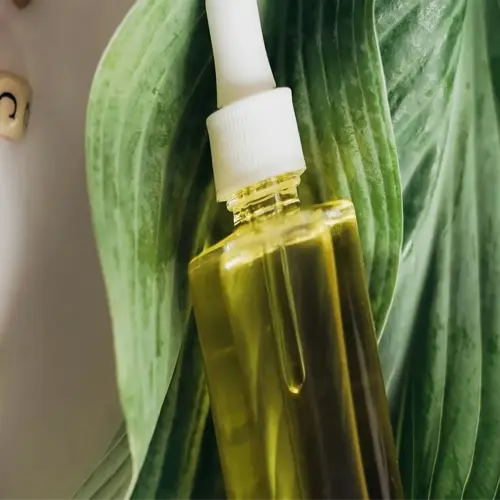What replaces plowing in no-till systems?

Written by
Paul Reynolds
Reviewed by
Prof. Samuel Fitzgerald, Ph.D.No-till methods of farming and agriculture utilize precision planters that slice through residues instead of using plows. They rely on roller-crimpers that terminate cover crops in a way that mechanically kills them and sensors guided by GPS technology that optimize the placement of the seeds in the ground. These methods reduce fuel usage by 66 percent while maintaining yield potential, which shows that modern-day farming and agriculture can be done without disrupting the soil.
Essential Machinery
- Row-cleaning planters: Clear residues at 5 mph (8 km/h)
- High-capacity disc drills: Plant through 8-ton/acre residue
- Hydraulic downforce systems: Adjust for varying soil density
Support Technology
- Soil moisture sensors: Map 0-24" depth in real-time
- Auto-steer systems: Reduce overlap waste by 12%
- Yield monitors: Track ROI per equipment modification
Roller-crimpers can terminate cover crops without herbicides, which can save you $18-$24/acre. The blades are curved and terminate the cover crops by crushing their stems at the 50-60% flowering stage rather than cutting them. This process creates a mulch which suppresses weeds. With the roller-crimper, farmers can use 15" disc openers to plant directly into the terminated crop residues, which would help maintain soil structure that is important for water infiltration and root development in the surrounding soil.
The 3-year transition to no-till equipment, paying through labor efficiencies and reduction in inputs. The USDA's Environmental Quality Incentives Program (EQIP) grants will cover 50% of the costs of retrofitting, further accelerating Return on Investment. By Year 5, farmers in the program have seen returns of 140% on the initial investment in upgrading the planters, demonstrating that implementing sustainable farming practices benefits both environmental and revenue gains.
Read the full article: No Till Benefits: Boost Soil Health & Farm Profits

